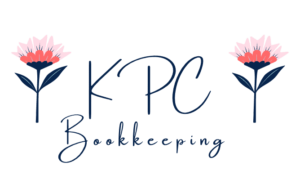Last week we reviewed a basic definition of a balance sheet and the different elements that make it up. Now let’s talk about how to READ your balance sheet and what you can learn from it!
Understanding the balance sheet doesn’t have to be daunting. It’s a valuable tool that gives us insight into a company’s financial strength and stability. As savvy women, we can use this knowledge to make smarter financial decisions, whether it’s investing in companies, considering business partnerships, or simply being more aware consumers.
Reading the Balance Sheet: Simplified for You
- Check the Date: First things first, find the date mentioned on the balance sheet. Remember, this shows the financial position only at that specific point in time.
- Peek at the Assets: Take a look at the list of assets. Pay attention to how much is in short-term assets (like cash) versus long-term assets (like property). This can give you an idea of how easily the company can cover its short-term bills.
- Examine the Liabilities: Now, look at the liabilities. See how much is short-term debt compared to long-term obligations. A company with a lot of short-term debt may have to scramble to pay its bills on time.
- Discover the Equity: This is where you get to see what’s really left for the company’s owners. Growing equity over time is usually a good sign.
- Calculating Ratios: Don’t let the word “ratios” intimidate you! It’s just a way to compare numbers. Two useful ones are the current ratio (current assets divided by current liabilities) and the debt-to-equity ratio (total debt divided by shareholders’ equity). These ratios give you a quick idea of the company’s financial health and how much debt it’s carrying.
- Compare and Empower: To get a better sense of the company’s performance, compare the current balance sheet with previous ones. Also, see how it stacks up against other companies in the same industry. This will empower you to make more informed decisions when it comes to your investments and financial choices.
What are you waiting for? Go ahead and take a peek at those balance sheets with confidence and start owning your business finances, rather than the other way around!
